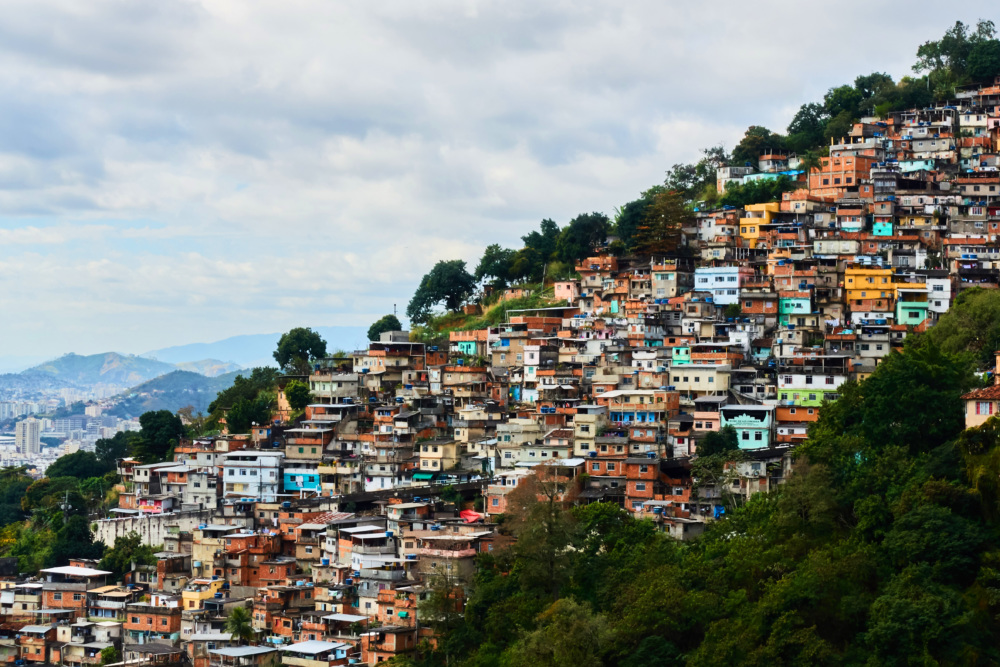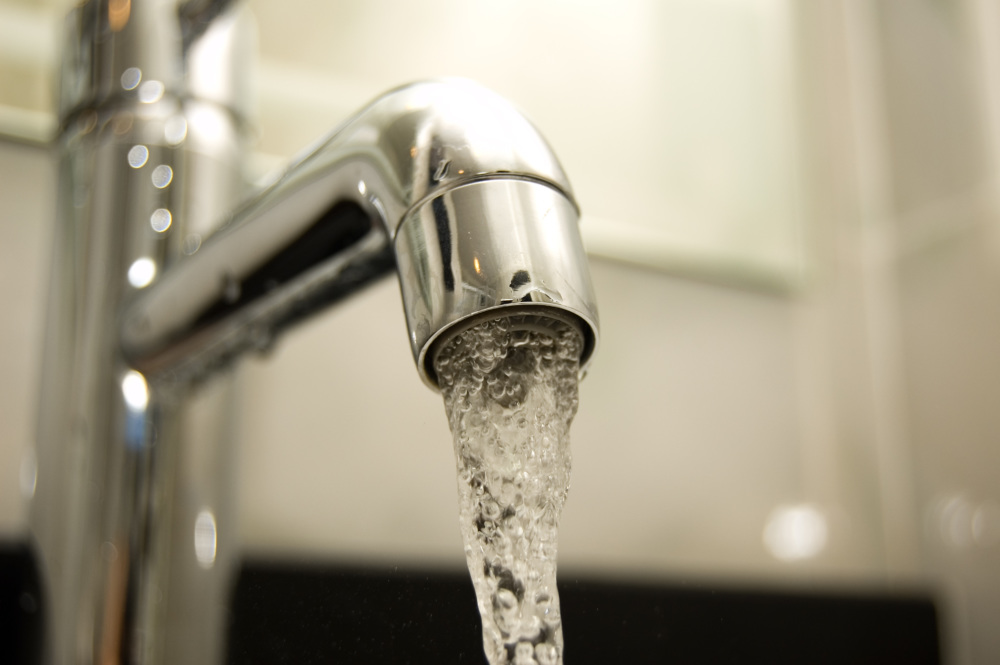Quantifying Lighting Benefits under the RoHS Directive: Calculating the Cost of Lost Time
Summary
CLASP recalculated the effects of the Oeko-Institut data for a one-year, two-year or three-year delay, showing significant costs to European citizens in terms of excess energy use, increased pollution, and higher cost to consumers.
Download Report
- Quantifying Lighting Benefits Under the Ro HS Directive
- VHK OEKO Combined Model Ro HS CFL LFL CLASP Correction 20210127
Fill out the form below to activate file downloads
Background
The European Union regulates the use of toxic materials including mercury through its Restriction of Hazardous Substances (RoHS) Directive, which includes exemptions for certain mercury-containing products. Since 2015, the European Commission has been reviewing those exemptions, including provisions that allow the sale of mercury-based lighting. The Commission’s Environment Directorate was due to update the exemptions in 2016 based on factors such as the availability of substitutes and their socio-economic impacts, but it has yet to issue a decision.
In July 2020 DG Environment published an updated analysis of the costs and benefits of this lighting exemption. The assessment, conducted by the Oeko-Institut, included a detailed analysis of the financial and pollution impacts of phasing out three types of mercury-containing lamps – T5 linear fluorescent, T8 linear fluorescent and pin-based compact fluorescent. These lamps are typically replaced with retrofit LED (light-emitting diode) lamps, which contain no mercury, consume half as much energy for a given light level, and last 2-3 times longer.
The report found that if DG Environment eliminated these three fluorescent lamp types effective in 2021, then by 2035 there would be an EU-wide cumulative reduction of electricity consumption of 309.7 Terawatt-hours, €29.9 billion Euros in net financial savings (including costs associated with lamps, luminaires and labour), and 2.88 tonnes less mercury placed into circulation in Europe.
Summary
Since publishing that report, the Commission has not acted on the mercury-based lighting exemption, and therefore 2021 is no longer a realistic phase-out year. CLASP has revisited the Oeko-Institut analysis to update the potential savings under a later phase-out date, and to calculate the costs of this ongoing delay.
Our recalculation of the Oeko-Institut data for a one-year, two-year or three-year delay from the previous analysis shows significant costs to European citizens in terms of excess energy use, increased pollution, and higher cost to consumers.
With one year of regulatory delay, Europe loses €5.6 billion in cost savings due to excess energy use and adds 570 kg to its mercury pollution burden. As the delay lengthens, the cost goes up.
If these fluorescent lamps are eliminated effective in 2022, delayed by one year from the previous analysis, we find the following impacts:
- Excess energy use: 62.2 TWh of increased electricity use over the year, or about equal to the annual electricity consumption of Switzerland
- Financial cost: €5.6 billion savings lost; €465 million savings lost per month; €15.5 million savings lost per day
- Increased pollution: 570 kg of additional mercury pollution from lamps
If these fluorescent lamps are eliminated effective in 2023, delayed by two years from the previous analysis, we find the following impacts:
- Excess energy use: 120 TWh of lost electricity savings, or about equal to the annual electricity consumption of the Netherlands
- Financial cost: €11.7 billion savings lost over two years; €487 million savings lost per month; €16.2 million savings lost per day
- Increased pollution: 1060 kg of additional mercury pollution from lamps over two years
If these fluorescent lamps are banned in 2024, delayed by three years from the previous analysis, we find the following impacts:
- Excess energy use: 164 TWh of lost electricity savings, or about equal to the annual electricity consumption of Poland
- Financial cost: €16.9 billion savings lost over three years; €469 million savings lost per month; €15.6 million savings lost per day
- Increased pollution: 1430 kg of additional mercury pollution from lamps over three years







